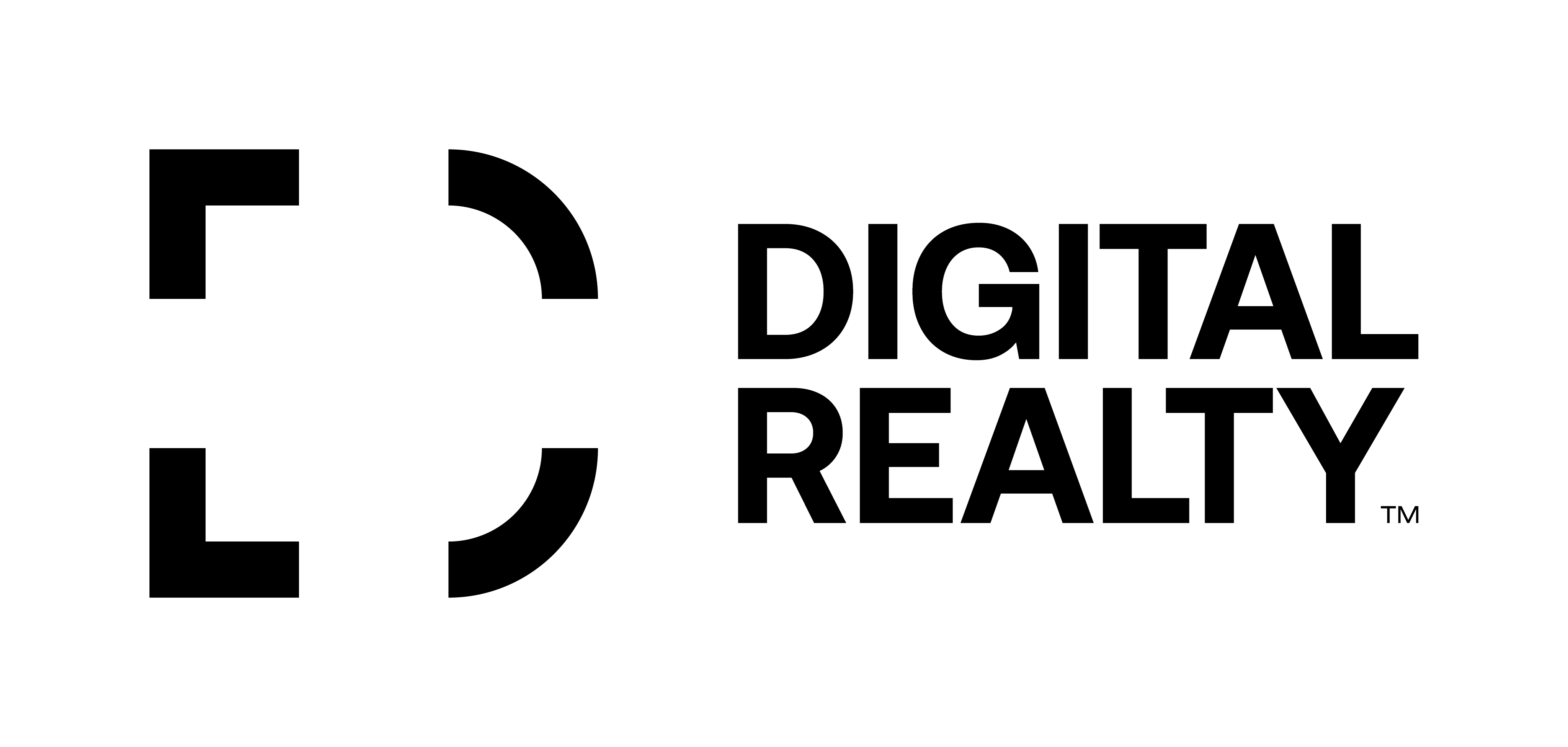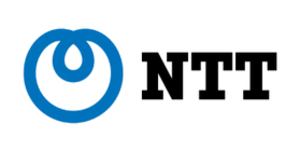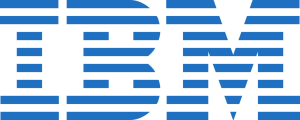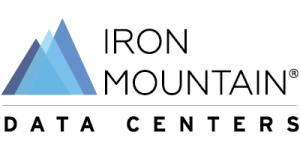From Retail to Wholesale: How Data Center Developers Are Scaling Up
The Shift from Retail to Wholesale ColocationThe data center industry is experiencing a transformative shift that is redefining its economic models and architectural design principles. For decades, retail colocation reigned supreme, providing companies with fractional rack space, robust connectivity options, and managed services. However, as artificial intelligence (AI), hyperscale cloud computing, and content delivery platforms consume ever-growing volumes of compute power, the industry has pivoted toward wholesale colocation.Wholesale colocation is not merely an upscaled version of retail; it represents a fundamental restructuring of how data centers are designed, built, and leased. Developers who once relied on signing dozens or hundreds of small tenants must now cater to a handful of hyperscalers, each requiring tens or hundreds of megawatts of capacity. This transition brings both opportunity and risk. Those who adapt will secure billion-dollar partnerships and anchor their campuses in the future of the digital economy. Those who lag behind will face shrinking margins and diminishing relevance.Why Developers Are Scaling from Retail to WholesaleHyperscaler Demand ExplodesThe hyperscale market—led by Amazon Web Services, Microsoft Azure, Google Cloud Platform, and Meta—has fundamentally reshaped the data center demand curve. These organizations require not just space, but massive, scalable infrastructure capable of supporting:Power allocations exceeding 100 MW on a single campus.High-density compute clusters optimized for AI workloads, pushing rack densities beyond 50 kW.Advanced cooling technologies like direct-to-chip liquid cooling and full immersion systems to manage heat loads.The retail colocation model—characterized by small deployments and shared environments—cannot accommodate the sheer scale, customization, and power densities hyperscalers demand. To capture these customers, developers must design for hyperscale first.Financial EfficiencyWholesale colocation deals are capital-intensive but financially transformative. Unlike retail colocation, where revenue is fragmented across dozens of smaller clients, wholesale customers sign large, multi-year contracts that drive predictable, recurring revenue. Key financial advantages include:10- to 20-year lease terms, providing long-term revenue stability.Improved unit economics through standardized, repeatable build processes across campuses.Enhanced operating margins driven by scale and efficient resource allocation.For investors and real estate investment trusts (REITs), wholesale contracts create a clear, bankable business case for raising the billions required to fund these mega-campuses.Faster Lease-Up CyclesIn the retail world, developers may take years to fill a facility, signing one small tenant at a time. In wholesale, a single hyperscaler or AI company can lease an entire data hall—or multiple buildings—before construction even finishes. This accelerates:Lease-up timelines, reducing the time between build completion and revenue generation.Operational planning, as standardized facility builds simplify onboarding.Investor returns, shortening the payback window for capital investments.How Developers Are Scaling Up Their Business ModelsCampus-Scale DesignWholesale colocation is built on a campus model. Developers no longer think in terms of a single building but instead design entire master-planned campuses that:Support 100 MW to 500 MW of total capacity.Feature modular, replicable data halls to allow phased deployment as customer demand scales.Integrate private substations, on-site energy storage, and dedicated fiber infrastructure for maximum resilience and performance.These campus-scale environments provide scalability and future-proofing, allowing developers to grow alongside their hyperscale tenants.Build-to-Suit FlexibilityWholesale customers expect more than commodity space; they demand:Purpose-built data halls designed to support specific workloads, such as AI training, content delivery, or blockchain compute.Customizable mechanical and electrical systems, including liquid cooling loops, bespoke power redundancy configurations, and proprietary security frameworks.Tailored compliance architectures to meet financial services, healthcare, and government regulatory requirements.Developers who offer true build-to-suit capabilities gain a critical advantage in securing hyperscaler anchor tenants.Power-First Site SelectionWholesale site selection is driven by power, not just real estate location. Developers prioritize:Access to massive, scalable power grids capable of supporting 200 MW+ deployments.Proximity to renewable energy sources to align with hyperscalers’ sustainability goals.Securing long-term power purchase agreements (PPAs) and utility partnerships years before breaking ground.Power-first site selection strategies ensure that campuses can meet the escalating energy demands of AI workloads and next-generation cloud regions.The Challenges of Scaling to WholesaleCapital IntensityBuilding a wholesale campus is a billion-dollar endeavor. Developers face enormous upfront costs for:Land acquisition in power-dense regions.Transmission-level substation construction.Cutting-edge cooling and energy management infrastructure.To meet these demands, developers must secure funding from a mix of REITs, sovereign wealth funds, infrastructure investors, and debt markets—each demanding clear, long-term returns.Customer Concentration RiskWholesale contracts create exposure to a small number of large tenants. If a hyperscaler delays or cancels an expansion, it can:Leave large portions of a campus unutilized.Significantly impact cash flow and investor confidence.Force developers to diversify into secondary markets or adjacent customer segments, such as AI startups and enterprise clouds.Longer Sales CyclesUnlike retail colocation, where deals close in months, wholesale engagements require 12-24 months of technical evaluations, legal negotiations, and power planning. Developers must build:Deep strategic relationships with hyperscaler real estate, infrastructure, and procurement teams.Sophisticated go-to-market strategies tailored to hyperscaler buying cycles.Technical sales teams capable of co-developing solutions at the infrastructure level.The New Era of Mega-ColocationThe evolution from retail to wholesale colocation marks a generational shift in the data center industry. In the age of AI, cloud, and hyperscale content delivery, scale and customization have replaced density and location as the key drivers of competitive advantage.Developers that embrace campus-scale design, power-first site selection, and hyperscaler-focused build-to-suit capabilities are poised to lead the next decade of digital infrastructure. Those who remain tethered to legacy retail models will find themselves outpaced by larger, faster-moving competitors.As the next wave of compute power reshapes global markets, one truth is clear: the future of data centers belongs to those who build big, build smart, and build now.
























